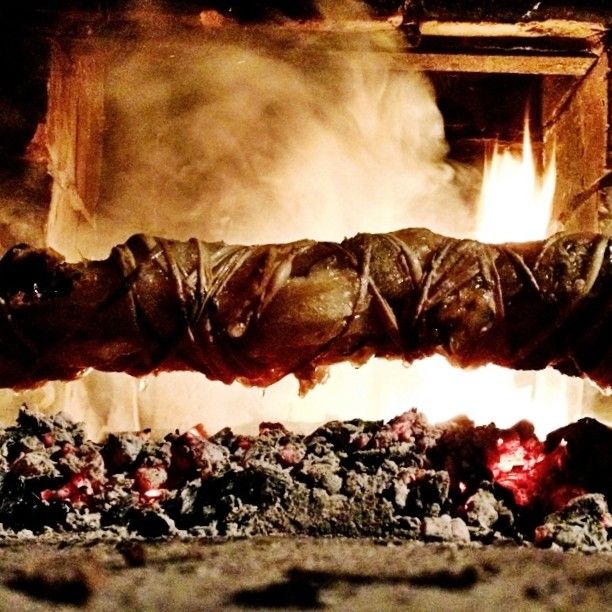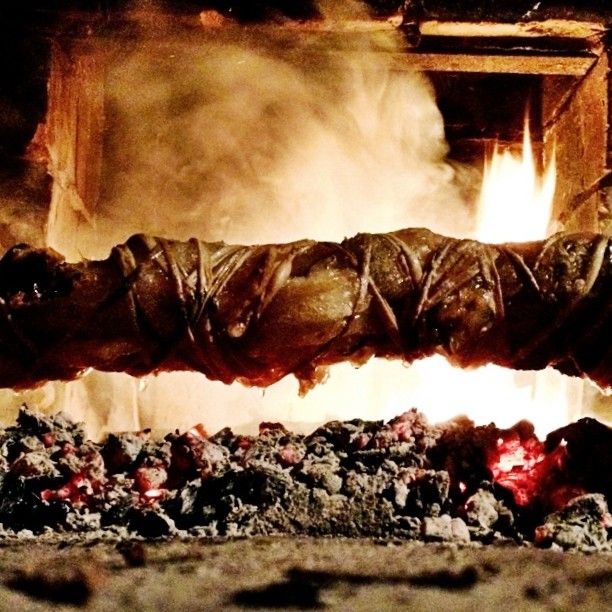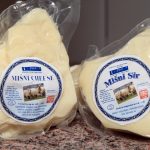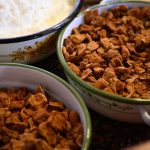March the 1st, 2024 – The sweltering heat of summer might seem far off, but don’t be fooled – it’s closer than you think. Brač vitalac means turning the heat up even more, insufferable you say? We agree, but it’s worth it.
Let’s be honest, for those of us who live in Croatia, the heat of the summer is barely tolerable. In fact, it’s terrible. For weeks on end, it’s really, really hot, with temperatures soaring. As Nikolina Demark writes, for anyone who still hasn’t gotten their hands on an AC unit, cooking at home is no small feat. Preparing a solid meal – one that would get your grandma’s seal of approval, which entails at least three courses and probably some soup – means two hours of insufferable roasting over a stove, feeling drops of sweat sliding down your back under that old, worn-out t-shirt you can’t force yourself to part with.
On most days, I’d say it’s not worth it, put the pots and pans away and get two tomatoes and a cucumber out of the fridge, chop them and make a quick salad, serve with some feta cheese or mozzarella, and voila – a proper summer lunch. It’s locally grown, it’s juicy and fresh, it’s fulfilling. What more would you need on an average Sunday in July?
There are some occasions where it is worth it, though, standing close to a fire for hours, watching an incredible specialty take shape in front of you. After Vis and Krk, we’re heading to Brač, the only island in Croatia that’s known for a very peculiar dish: vitalac.
Brač vitalac, a delicacy without a proper translation of its name, is not for the squeamish, not for vegetarians, and certainly not for those used to mousses and other finesses of haute cuisine. It’s the opposite of haute, made from scraps most people throw away without a second thought.
Simply put, vitalac is made out of lamb offal that’s skewered and roasted. As I’ve mentioned before, lamb is very popular in many places on the coast, but it usually comes down to roast or stews, using only those ‘regular’ parts of the animal that are considered to be delicious: legs, chops, shoulders. Brač is the only place where people look further, delve beyond the ordinary, reaching the rudimentary level of island cuisine whose motto is ‘nothing goes to waste’. As long as it’s edible and there’s a way to prepare it, why ditch it? We’re already a society of mindless consumerists, and could use an occasional reminder that we can do more with what we have at hand.

It’s a humble dish that doesn’t take a lot of ingredients or time to prepare. Take offal parts cut into pieces, line them on a spit, and season to your liking: start with salt and pepper, add other Mediterranean spices like rosemary or oregano, and grill them until they are half done, occasionally turning the spit. At this point, the tripes are tightly wrapped with lamb’s intestines, then grilled further until they turn golden and have a juicy, crispy crust. Once taken off the spit, the meat is cut into slices and served with bread or baked potatoes. Simple, hearty, mouthwatering. It’s not much to look at, but neither is kebab, and we all like kebab, don’t we?
How and when people came up with Brač vitalac, nobody can tell you with certainty. It’s thought of as a remnant of ancient times, when the Greeks made settlements on multiple Croatian islands. Just as the popular Vis pie might be a recipe that was passed on for hundreds of generations, vitalac probably also has roots in the classical age, when Vis was called Issa and Hvar was known as Pharos. The only mind-boggling thing is that Brač didn’t use to house an ancient Greek settlement, but Greeks were known to visit other islands on the Adriatic in order to trade with their local population at the time. Keeping in mind we’re part of a wider Mediterranean culture whose symbols and features are easily passed around and shared by multiple countries to this day, it’s not hard to imagine the first version of the lamb dish being prepared more than 2000 years ago.
Apart from Brač, vitalac is nowadays made only in two other places in the world: on the islands of Crete and Rhodes in Greece, where it’s called splinantero.
I always get an uncanny feeling when I’m preparing liver or any other part of offal; chops and shoulders are safe, they are shapeless and anonymous and come down to what we all think of as ‘meat’. When you hold a small heart or lungs in your hands, though, there’s no escaping the fact that you’re looking at something that used to be a living being. It makes you feel like you’ve sunk your hands into life itself – it’s primal, it’s bloody, and in a way, it calls for respect. That’s why I love dishes made of offal, because they pay homage to that life that once was, and instead of being cast aside, every last part gets a final purpose: nourishment. Maybe that’s how vitalac’s name came to be – it contains the Latin word for life, vita, always reminding us where our food comes from.
Image source: Agroklub, Flickr











